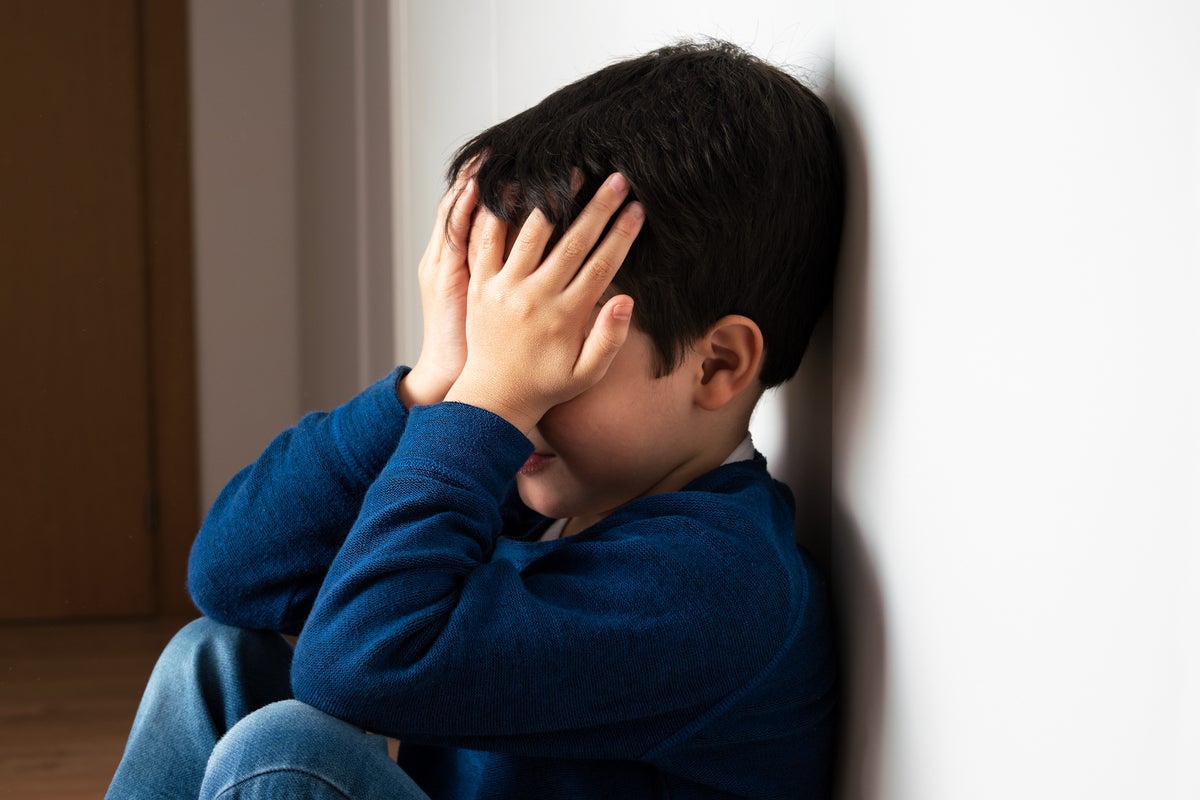What counts as bullying? Parents and schools often disagree

Bullying in schools can have a devastating impact on victims. Research shows it can lead to reduced academic performance, depression, anxiety and even suicidal behaviour. So, preventing and reducing bullying is an urgent priority for governments as well as families and schools.
However, a common obstacle to addressing bullying is that parents and schools often disagree about whether a particular situation constitutes bullying.
A study in Norwegian schools found that when parents think their child is being bullied, around two-thirds of the time, the school does not agree. There are also cases in which the school says a child is bullying others, but the child’s parents don’t agree.
Why is it so complicated? How can parents approach this situation?
What does ‘bullying’ mean?
When we look at the definition of bullying, it is not surprising that disagreements occur. Identifying bullying is not clear-cut.
The definition used in Australian schools captures the key elements defined by international research. Bullying is a form of aggression that:
- Is hurtful for the victim
- Happens repeatedly over time
- Involves an intent to harm
- Involves a power imbalance, with victims feeling unable to stop the problem.
After a report of bullying, what does the school do?
When a student or parent reports bullying, usually the first thing a school does is talk with students, teachers and parents, and observe interactions between students.
However, there are many challenges in working out whether behaviour is bullying.
First, bullying often occurs when adults are not around, and students often don’t tell teachers, so direct observation is not always possible.
Second, even if a teacher is present, social forms of bullying can be very subtle, such as turning away to exclude someone or using a mocking facial expression, so it can be easily overlooked.

Third, determining whether there is “intent to harm” can be difficult as students accused of bullying may claim (rightly or wrongly) they were “only joking” or not intending to hurt or upset.
Fourth, the issue of power is not easy to determine. If the student is older or physically bigger, or if multiple students are involved in bullying, a power difference may seem apparent. But when power is based on popularity, a power difference may not be clear. There are also cases in which students may deliberately accuse others of bullying to get them into trouble (which may in itself constitute bullying).
Finally, not all aggressive behaviour is bullying. For example, conflict that involves arguments or fights between equals is not bullying, as there is no power imbalance. However, this situation can still be upsetting.
A more difficult situation occurs when the victim of bullying reacts aggressively – such as when they lash out angrily to taunts. The aggressive response of the victim may be more visible to teachers than the bullying that provoked the outburst, and this can make the direction of bullying difficult for schools to ascertain.
What if the school and parents disagree?
A school may not prioritise limited resources to resolve cases they do not see as bullying. This can leave the student languishing and can be very distressing for families.
However, research shows parents’ reports that their child has been bullied predict an increased risk of later child anxiety and depression, regardless of whether school staff concur or were even asked if the child was bullied.
So, whether or not the school initially agrees that a child is being bullied, it is important to improve the situation.
What can be done?
Sometimes, by taking steps to address the situation, the school can find out if bullying is occurring.
For example, sometimes children are upset by behaviours that may seem innocuous – such as humming, tapping or standing close. If this behaviour is not intended to hurt, we would expect children to reduce this when made aware that it is upsetting. However, if the behaviour increases or continues, even with reminders, there would be more reason to believe it is deliberately intended to provoke (and is bullying).
One helpful strategy for parents is to keep a careful record of the child’s experiences – exactly what the child experiences and how it impacts them. This can help establish a pattern of hurtful behaviours over time.

It’s important for parents to maintain a good relationship and ongoing communication with the school (however difficult). As bullying can be a complex and evolving issue, good communication can help ensure issues are promptly managed.
The parent can coach the child to manage the situation – for example, to ask in a friendly and confident way for other students to stop when they are doing things they don’t like. The parent can also help the child plan when they would ask a teacher for help.
By working together, and understanding the problem better over time, schools and families can address behaviour that is hurtful – whether or not there is initial agreement it is “bullying”.
If you are experiencing feelings of distress, or are struggling to cope, you can speak to the Samaritans, in confidence, on 116 123 (UK and ROI), email jo@samaritans.org, or visit the Samaritans website to find details of your nearest branch.
If you are based in the USA, and you or someone you know needs mental health assistance right now, call or text 988, or visit 988lifeline.org to access online chat from the 988 Suicide and Crisis Lifeline. This is a free, confidential crisis hotline that is available to everyone 24 hours a day, seven days a week.
If you are in another country, you can go to www.befrienders.org to find a helpline near you
Karyn Healy is an Honorary Principal Research Fellow in Psychology at the University of Queensland.
This article is republished from The Conversation under a Creative Commons license. Read the original article.
[title_words_as_hashtags




